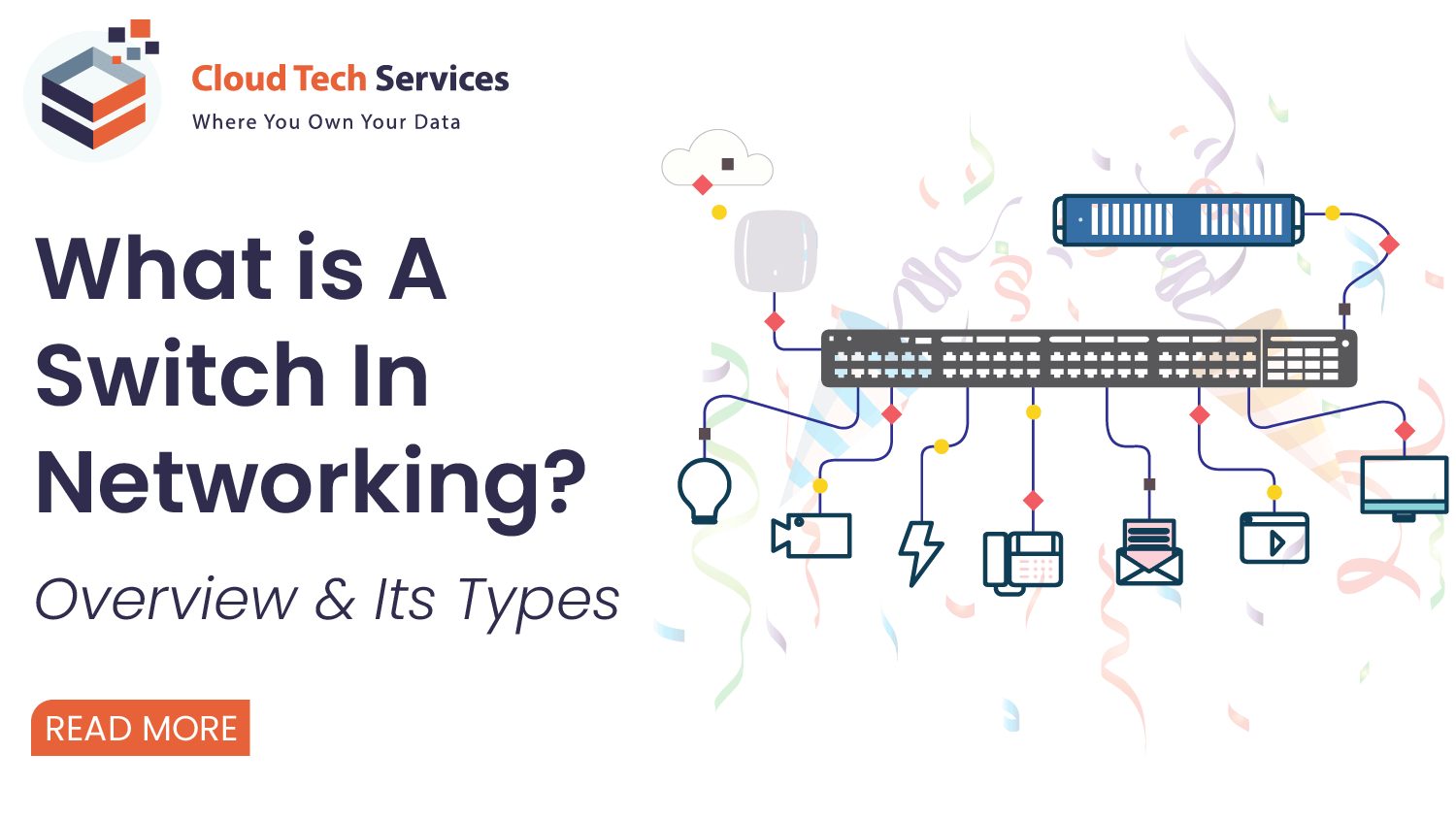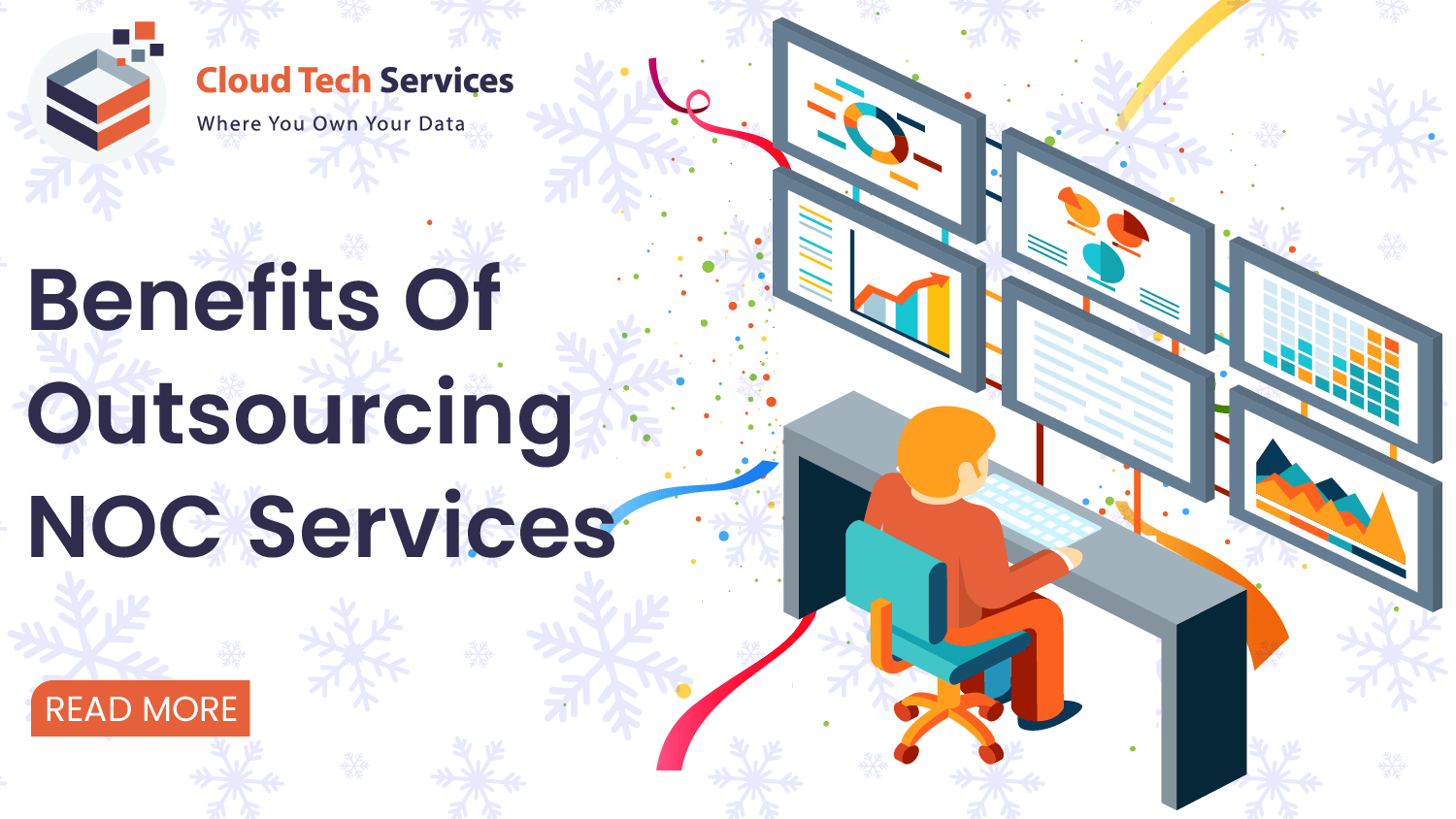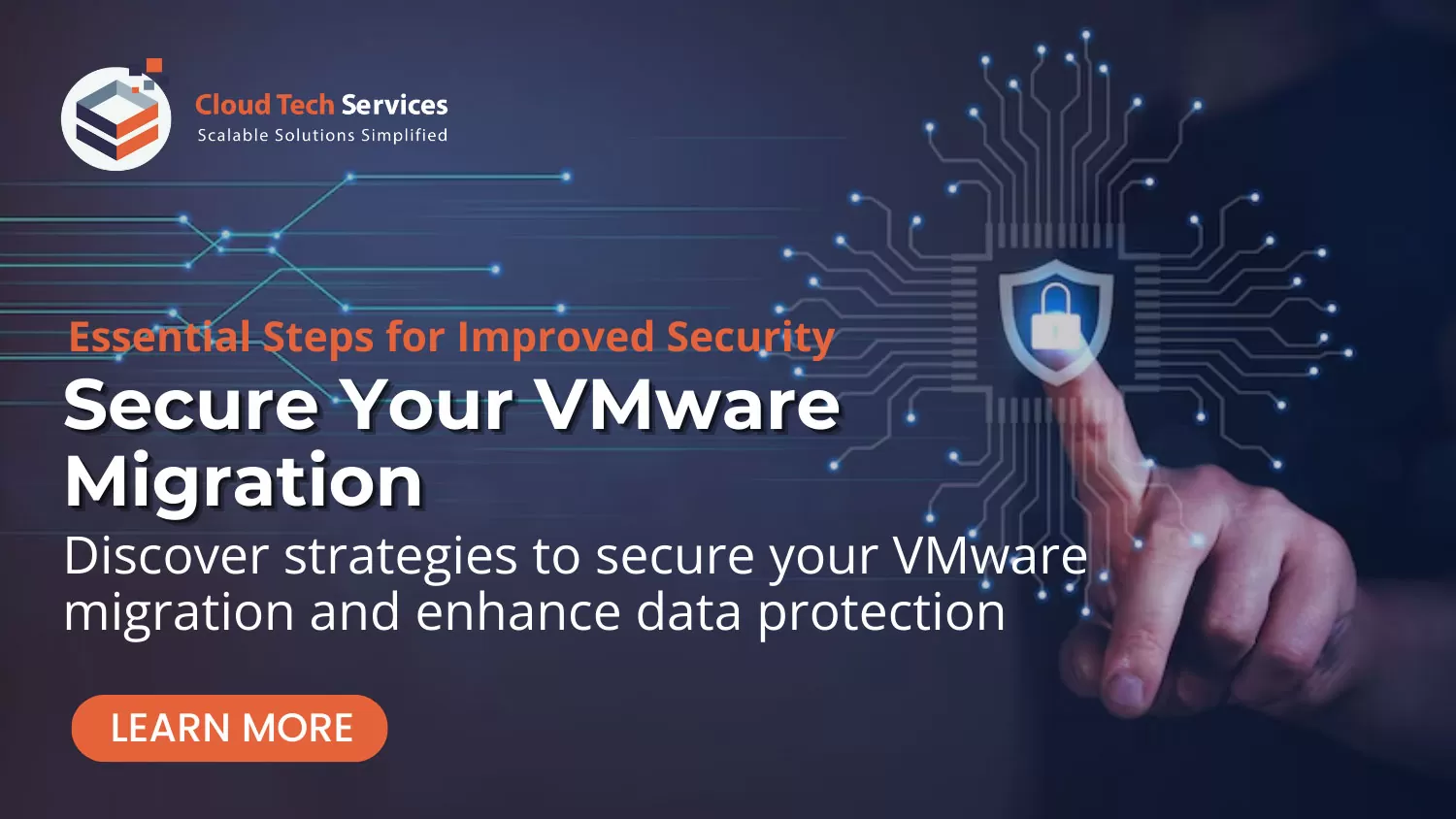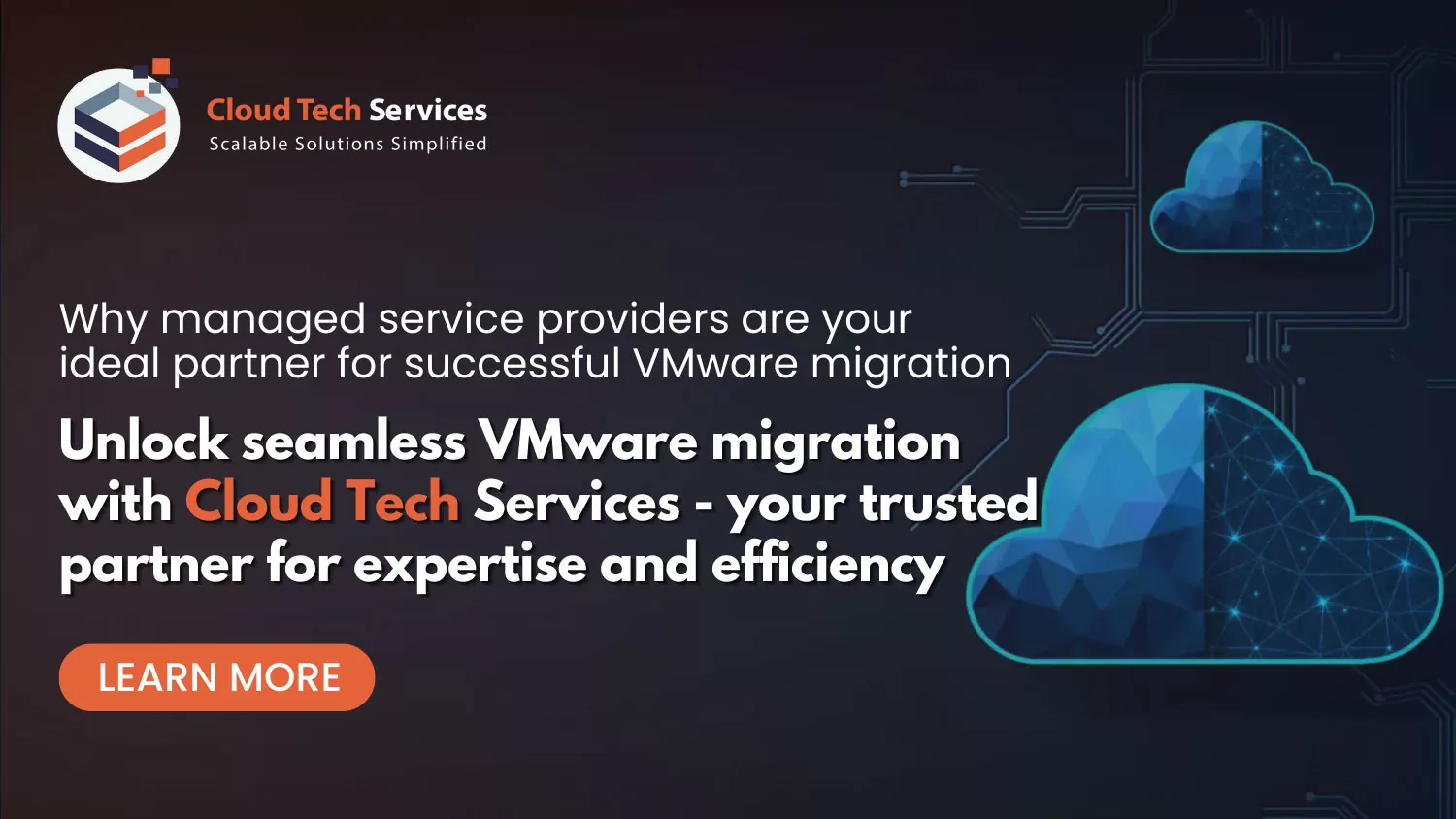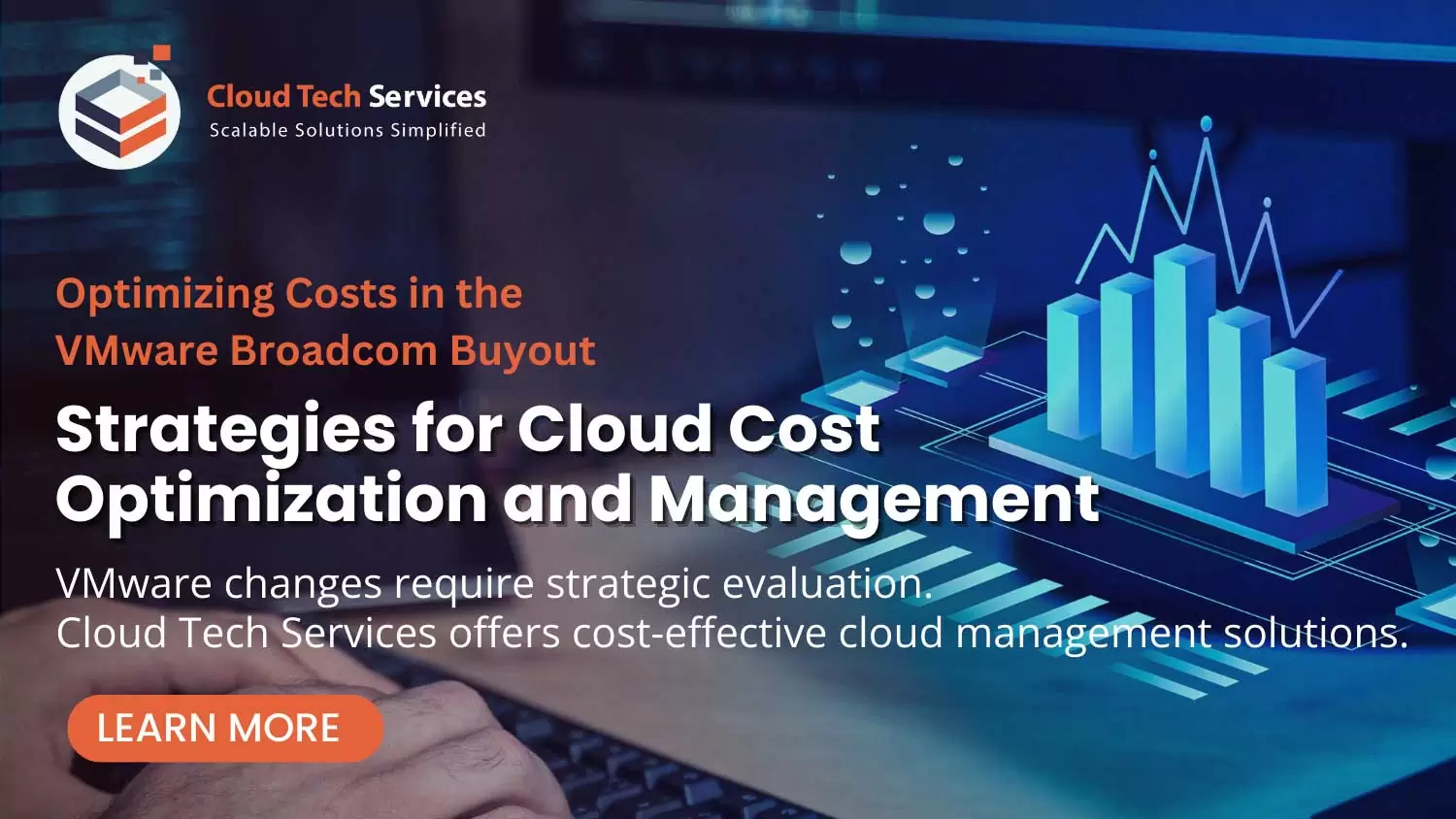IT Cost Optimization
Strategically optimizing IT expenses to maximize value and efficiency in technology investments.
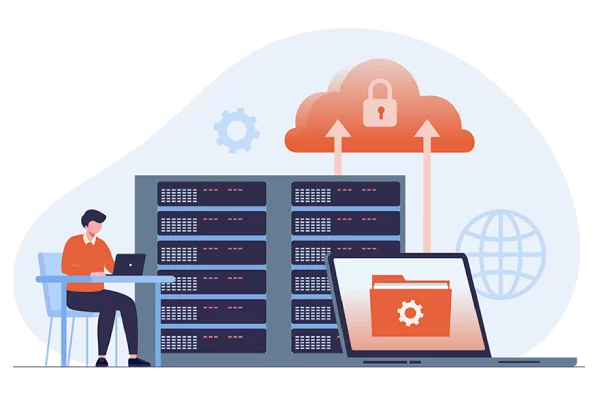
- Monitoring | Analysis | Triage | Assessments | Remediation | Advisory | Reporting
Why Choose Us?
The Vital Role of IT Cost Optimization
IT Cost Optimization plays a vital role in managing and reducing IT expenditures within organizations. It involves a systematic approach to analyze IT budgets, expenses, and investments to identify areas of inefficiency and cost-saving opportunities. By optimizing IT costs, organizations can allocate resources strategically, making the most of their technology investments.
This approach leads to enhanced financial stability and profitability. IT Cost Optimization fosters a culture of resource-consciousness, encouraging effective utilization of IT assets and services. It also aligns IT spending with business objectives, ensuring that technology initiatives support the organization’s overall goals. Ultimately, IT Cost Optimization enables businesses to maximize the value of their IT investments while maintaining operational excellence and competitiveness.
Maximizing Value, Minimizing Expenses: IT Cost Optimization
IT Cost Optimization
- IT Cost Assessment: Evaluating the organization’s current IT spending and cost structure.
- Requirement Gathering: Conducting interviews and workshops to understand business goals, challenges, and cost optimization needs.
- Identifying Key Stakeholders: Identifying key stakeholders who will be involved in the IT cost optimization initiatives.
- Cost Baseline and Analysis: Establishing a baseline of IT costs and analyzing cost drivers, trends, and patterns.
- Cost Optimization Opportunities: Identifying potential cost-saving opportunities, such as infrastructure consolidation, license optimization, or vendor negotiations.
- Technology Spend Assessment: Assessing the organization’s technology spending and evaluating the effectiveness and value of various IT investments.
- Cost Optimization Strategies: Developing strategies and action plans to optimize IT costs while ensuring minimal impact on business operations.
- Cloud Migration and Optimization: Assessing the feasibility and cost benefits of migrating workloads to the cloud and optimizing cloud resource usage.
- Vendor Contract and License Optimization: Reviewing vendor contracts, negotiating pricing, and optimize software license management to reduce costs.
- Financial Analysis and Budgeting: Conducting financial analysis to forecast IT spending, develop budgets, and allocate resources effectively.
- Technology Lifecycle Management: Developing technology refresh plans, assessing end-of-life systems, and optimizing asset utilization.
- IT Financial Governance: Establishing financial governance frameworks to monitor and control IT spending, ensuring adherence to budgetary guidelines.
- Performance Monitoring and Reporting: Continuously monitoring IT cost metrics and providing regular reports on cost optimization progress and achievements.
- Continuous Improvement: Identifying ongoing cost optimization opportunities, monitoring technology trends, and recommending innovative approaches to reduce costs.
- Executive and Stakeholder Communication: Regularly updates and reports to executives and stakeholders on IT cost optimization initiatives and outcomes.
Why Choose Us?
Tailored IT Solutions for Your Success

Exceptional Expertise
With over four decades of extensive experience, our team of IT professionals continually strives to deliver the most suitable solution for your diverse IT needs.

Business Efficiency
Our expertise in a wide range of IT solutions empowers businesses by extending their in-house IT capabilities to simplify business operations and improve efficiency.

Flexible Engagement Models
Every organization has unique requirements. Our flexible engagement models and scalable solutions empower you to adapt and scale your IT capabilities.

Industry Best Practices
We stay at the forefront of technological advancements and methodologies to deliver innovative, future-ready IT Solutions and managed services.
Get To Know
Our Process
Step 1
Evaluate
Identify your IT needs, compare managed IT service providers, and select the best fit for your business.
Step 2
Transition
The process of moving from an in-house IT infrastructure to a managed IT service provider.
Step 3
Deployment
The process of deploying managed IT services to your business, including planning, configuration, testing, and deployment.







